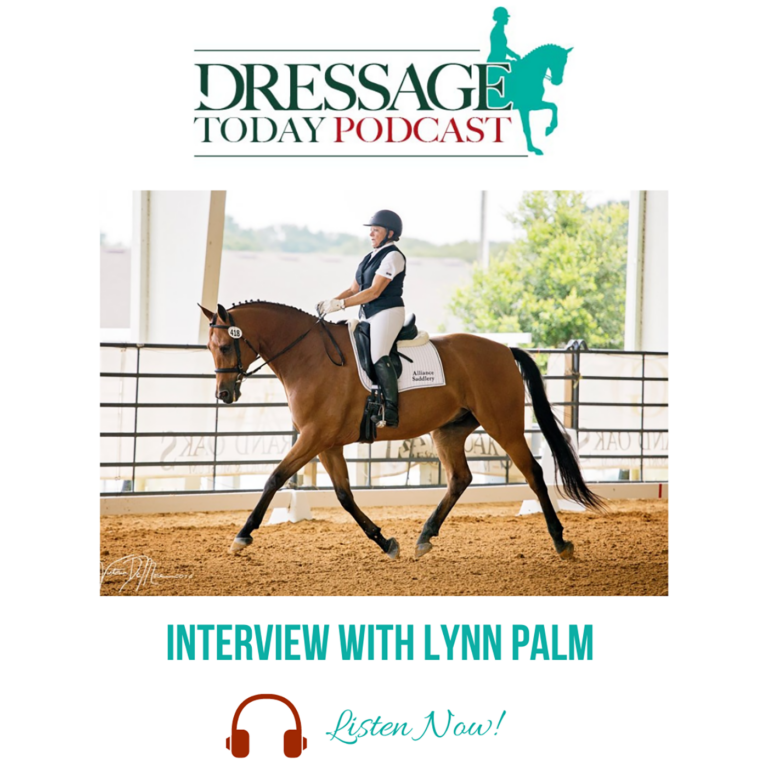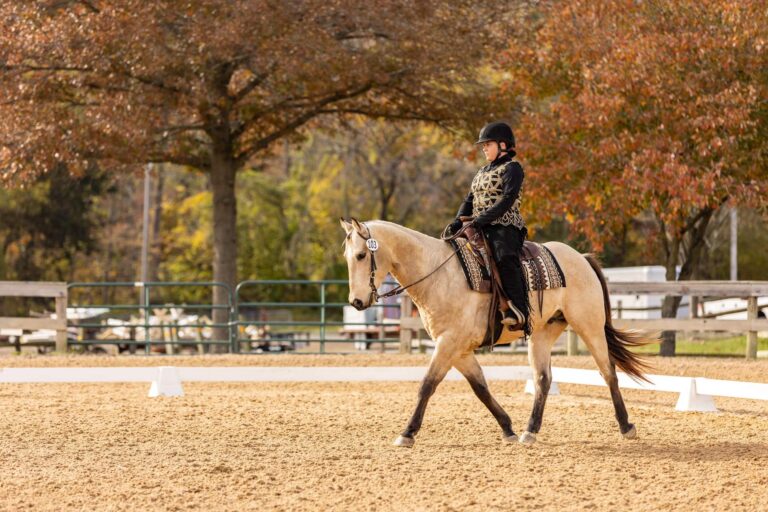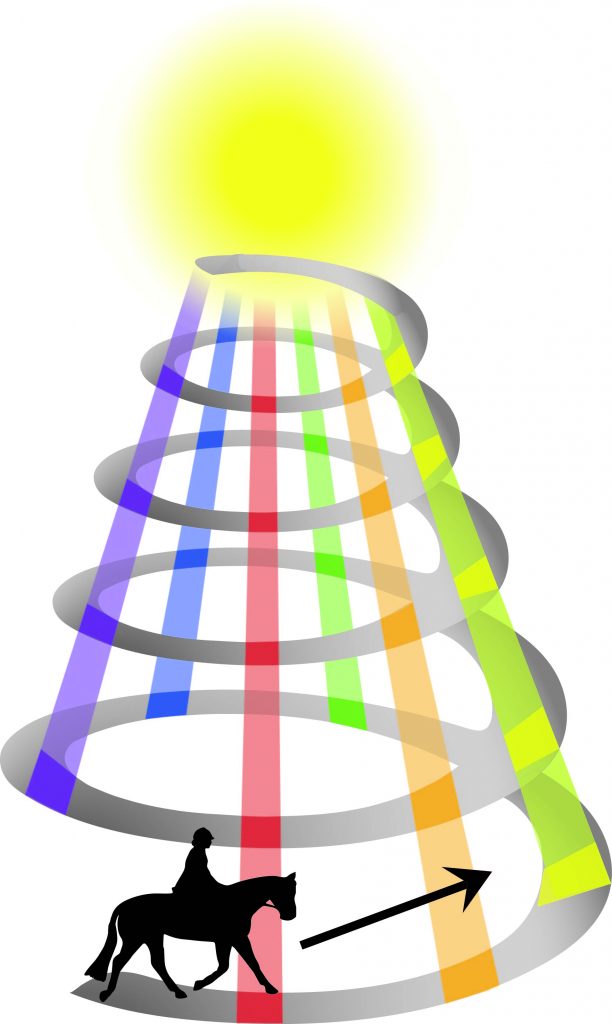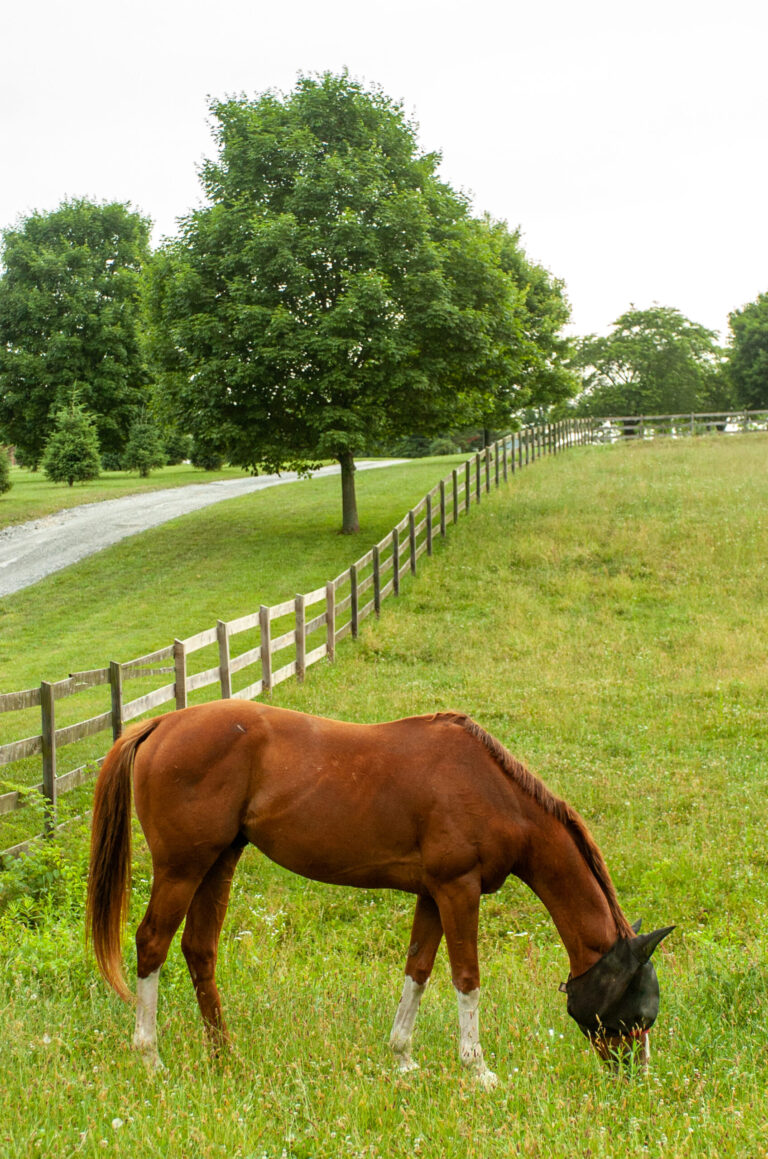Q: The term “doma vaquera” appears in articles about Spanish horses. Can you explain what it is and if this is something dressage riders might want to try?
—Name withheld by request
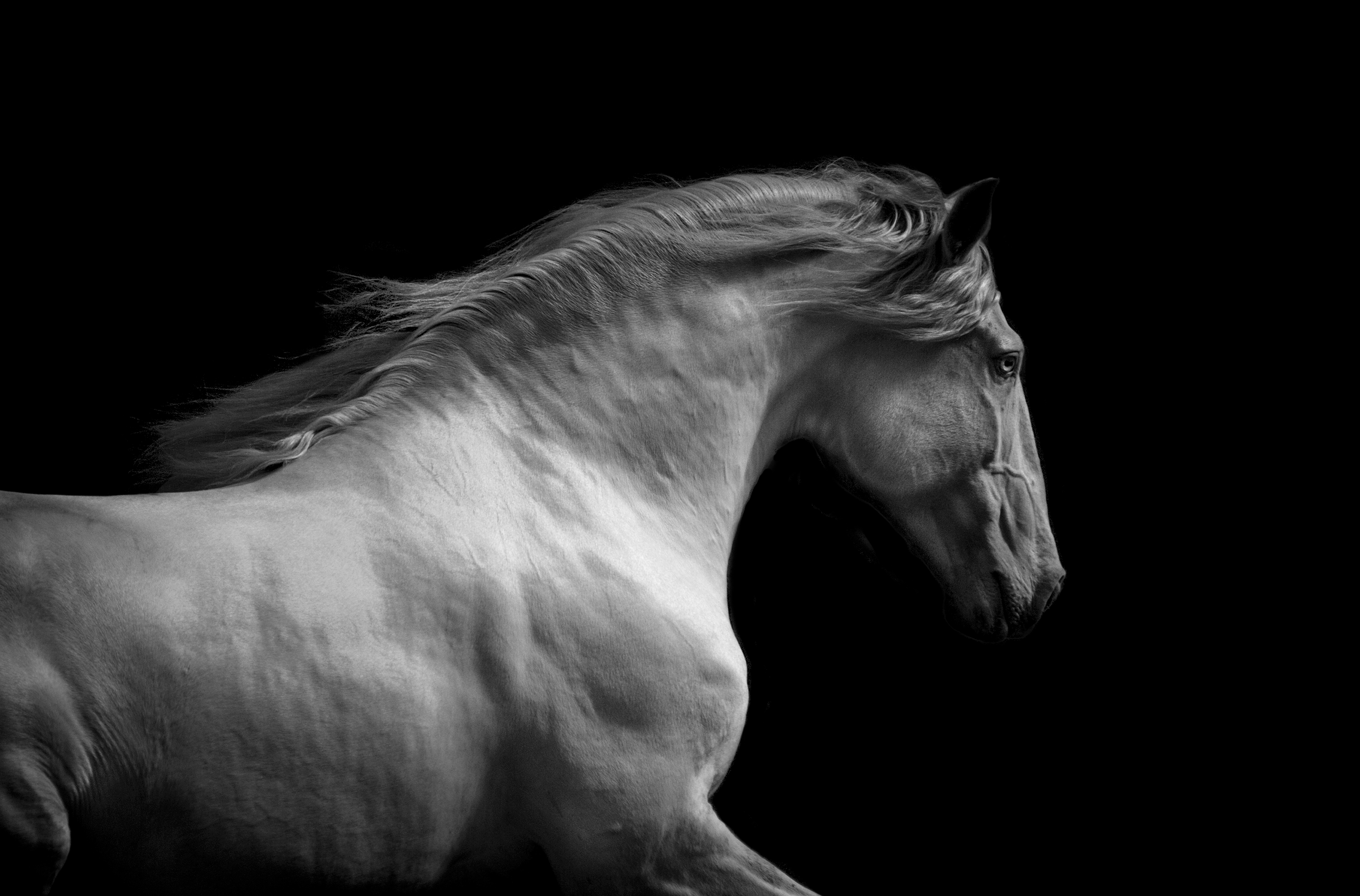
A: “Doma” means “dressage” in Spanish, and “vaquera” means “western.” So doma vaquera can be loosely translated as a Spanish version of Western dressage, similar to the American Western riding that originated from the fieldwork in an open space around cattle.
The foundation for doma vaquera is classical dressage. Doma vaquera horses show everything that dressage horses show: shoulder-in, half pass, pirouettes, flying changes, collected canter. However, everything is performed with more speed and impulsion than in competitive dressage. Horses are expected to break into explosive gallops from the halt and do extremely quick stops, rollbacks (half turn on the haunches) and pirouettes. If dressage is ballet for horses, doma vaquera is flamenco!
In Spain, doma vaquera is also connected with the art of bullfighting. Both the work in the bullfighting arena and with cattle requires speed, quickness, agility and a high degree of collection from the horse. Unlike in dressage riding, where riders ride with one (snaffle bridle) or two reins (double bridle) in each hand, doma vaquera requires the rider to hold the reins in one hand, typically the left. The right hand must be free for work, such as holding the garrocha, a long pole designed to distract the bull. The discipline of bullfighting from a horse is called rejoneo. The horse for rejoneo is a doma vaquera horse that performs movements such as piaffe, passage, terre-a-terre, jambette, pirouette on three legs, etc.
Doma vaquera has become a competitive discipline in Spain with special judges. Riders perform in a 60-by-20-meter arena. The tests have three levels. Doma vaquera is becoming increasingly popular in the world, too, with competitions in France, Italy, Spain, Germany and the United States.
Whether doma vaquera is right for you depends on your horse and your interests. Because it requires extreme collection as well as lightning reactions and speed, some horse breeds, such as very large warmblood horses, may not be suitable since they naturally tend to be more phlegmatic movers. Doma vaquera riders usually choose breeds such as the traditional PRE (Pure Spanish breed) or Lusitano, Thoroughbred-crosses or Arabians. These breeds are usually brave and calm, yet spirited and able to maneuver with lightning quickness. If you have a suitable horse and are interested in exploring other forms of dressage, I don’t see why you shouldn’t try doma vaquera. It might give you new insights into the art of dressage.

Manuel Trigo is a native of Spain, where he mastered the traditional Spanish disciplines of doma vaquera and alta escuela (high school). His academic pursuits led him to Switzerland, where he studied the French classical masters and natural horsemanship. His philosophy has become“dressage in lightness.” He offers “lightness tournaments” and gives clinics in the United States, Mexico and Costa Rica. He lives in Arizona and Colorado (trigomanuel.com).


